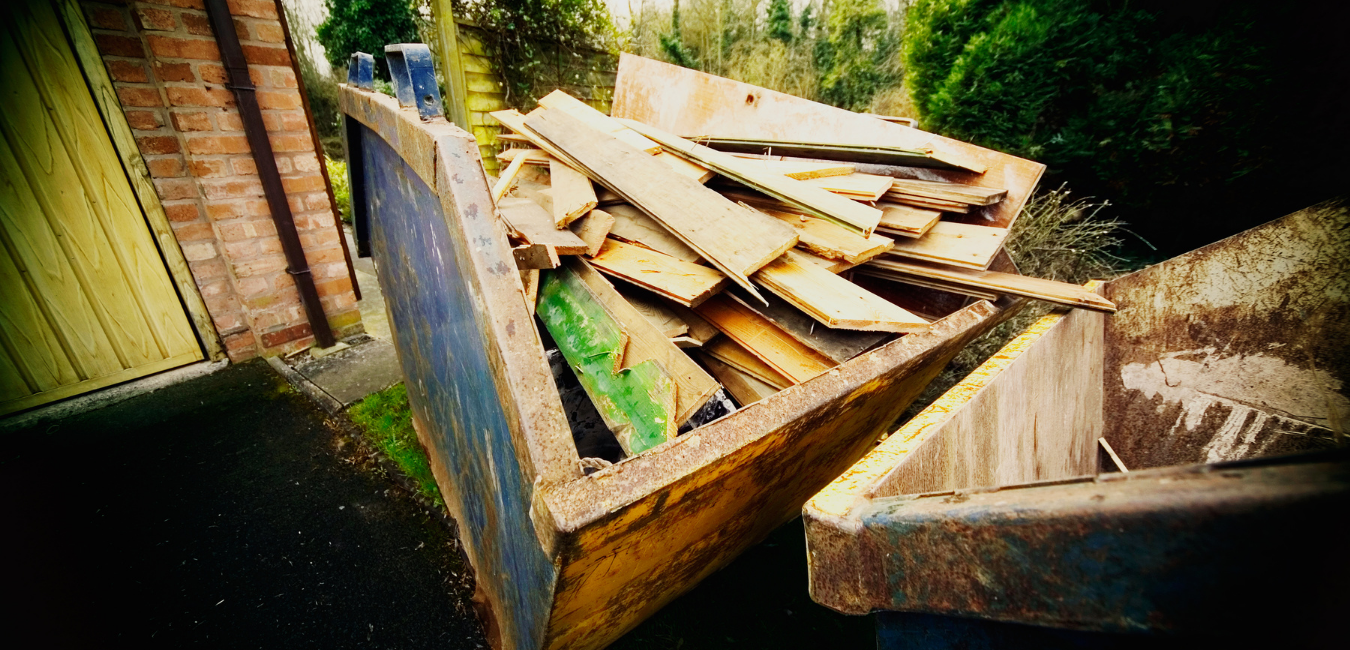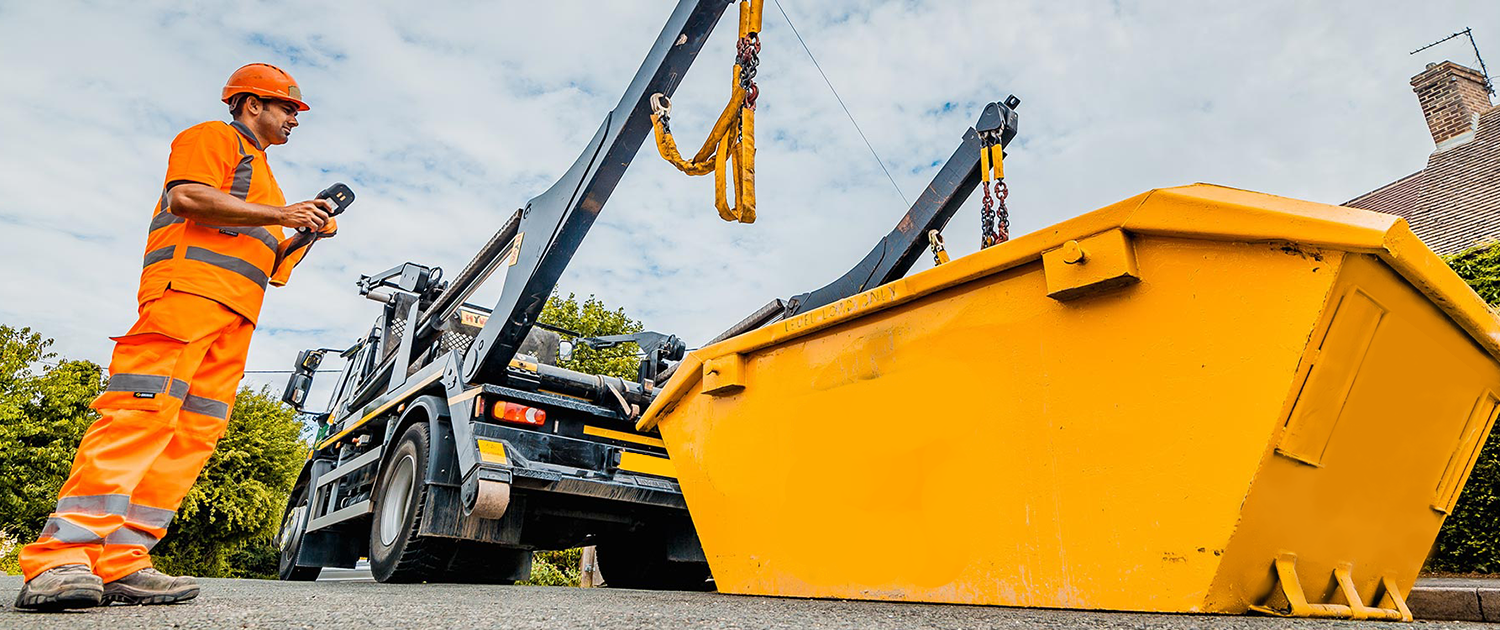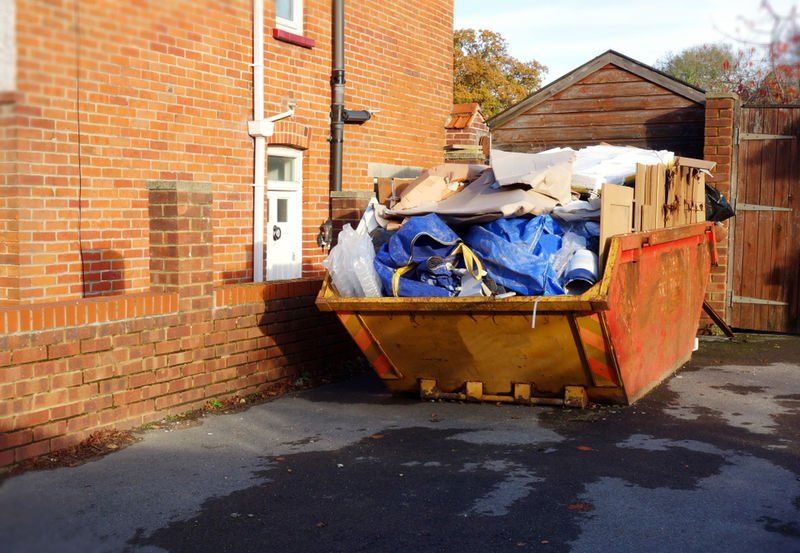Your Guide to Overloaded Skips
If you’ve ever hired a skip, you may have noticed the thick lines on the inside. These are fill lines and are used to indicate the maximum fill level of the skip. Overfilling the skip can be dangerous to skip hire staff and the general public, and it will usually land you a hefty fine.
Tesselate objects (such as tiles or bricks)
Bulky items (of which should be dismantled into their core parts)
Debris such as soil or sand




©2023 ABSS WM Limited | All Rights Reserved
Trading as Bedford Budget Skips
VAT Reg: 260705129
Company Reg: 10577917
Waste Carrier Licence: CBDU254278
Area Coverage - Cheap Skip Hire in Ampthill, Aspley Guise, Astwood, Bedford, Biddenham, Brogborough, Bromham, Campton, Cardington, Clapham, Clophill, Cople, Cotton End, Cranfield, Elstow, Great Barford, Hardmead, Haynes, Houghton Conquest, Husborne Crawley, Kempston, Lidlington, Lower Shelton, Marston Moretaine, Maulden, Millbrook, Milton Ernest, Moggerhanger, Moulsoe, North Crawley, Oakley, Ravensden, Renhold, Ridgmont, Salford, Salph End, Shortstown, Stagsden, Stevington, Upper Shelton, Willington, Wilstead, Wilden, Wixams, Wootton, Aspley Heath, Barton, Beeston, Biggleswade, Bletsoe, Blunham, Bolnhurst, Broom, Carlton, Chicheley, Chawston, Clifton, Colesden, Colmworth, Emberton, Eversholt, Everton, Felmersham, Flitwick, Flitton, Gravenhurst, Greenfield, Hatch, Harrold, Henlow, Ickwell, Lavendon, Meppershall, Newton Blossomville, Northill, Newport Pagnell, Old Warden, Pavenham, Pulloxhill, Radwell, Roxton, Sandy, Sharnbrook, Shefford, Sherington, Shillington, Silsoe, Stanford, Steppingley, Tempsford, Thurleigh, Toddington, Turvey, Upper Caldecote, Westoning, Woburn, Woburn Sands, Wyboston, Arlesey, Astwick, Bletchley, Bozeat, Eaton Socon, Eynesbury, Great Brickhill, Gamlingay, Wellingborough, Rushden, Kimbolton, Langford, Little Brickhill, Little Staughton, Lower Stondon, Melchbourne, Milton Bryan, Odell, Olney, Pertenhall, Poddington, Potton, Riseley, St. Neots, Souldrop, Staploe, Stoke Hammond, Stotfold, Swineshead, Wrestlingworth, Yardley Hastings, Yeldon. Services include skip hire, grab hire, property clearance, waste collection and more. We offer commercial skip hire, wait & load and pay-as-you-tip service at our waste transfer station located in Kempston, Bedford. Contact us on 01234 350 636 today for free, instant quote.


